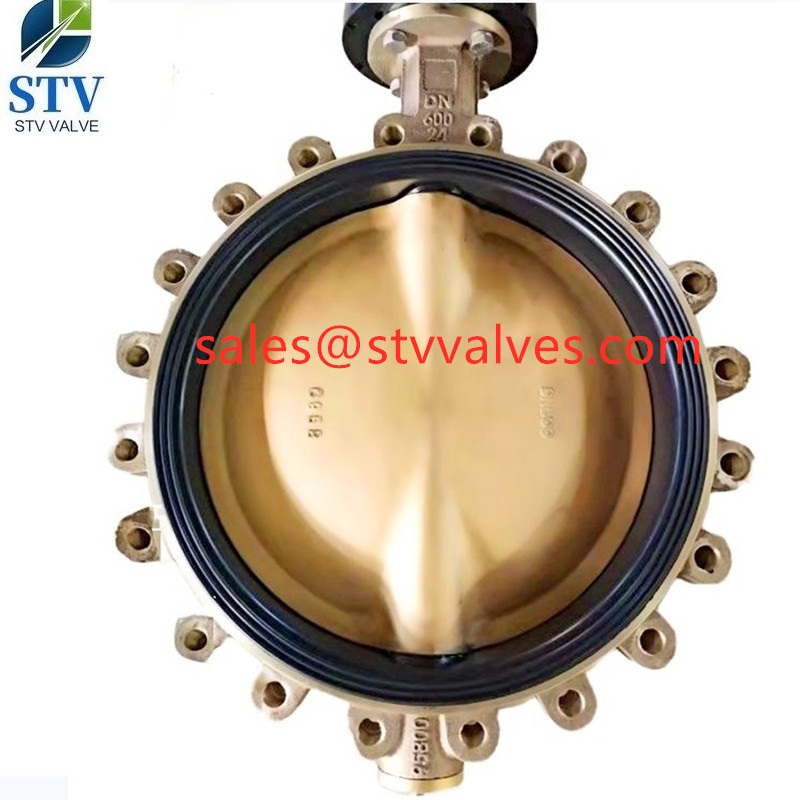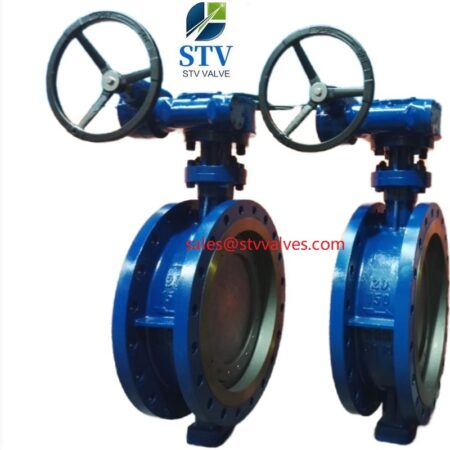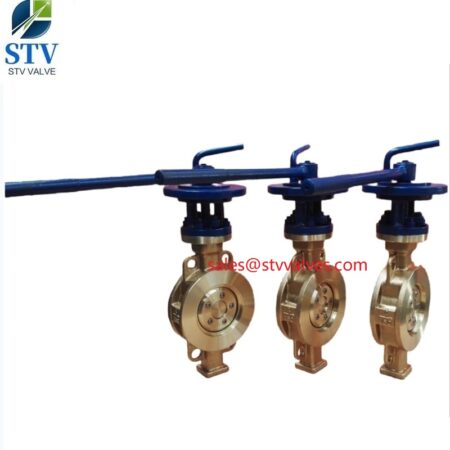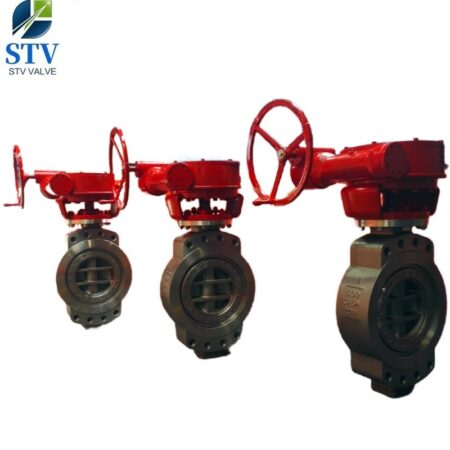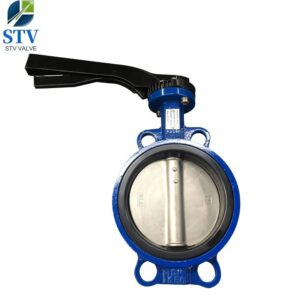Description
Design Standard:
EN 593, MSS SP67, API 609, BS5155
Face to Face dimension:
ISO 5752, EN 558, MSS SP67, API 609, DIN3202
End Standard:
ANSI B16.1 Class125LB & B16.5 Class150LB
AS 2129 Table D & E BS 10 Table D & E
DIN 2501 PN6, PN10 & PN16
EN 1092 PN6, PN10 & PN16
KS B 1511 / JIS B 2210 5K & 10K
MSS SP44 CL. 150LB AWWA C207
SABS 1123 Table 1000/3 & Table 1600/3
Top Flange: ISO5211
Test standard: API 598, ISO 5208, EN 12266
Field of Application:
Operating Temperature:
NBR: 0℃~+90℃
EPDM: – 20℃~+120℃
PTFE: -10℃~+150℃
Size Range: DN32-DN2000 Pressure: 5K/10K/150LB/PN10/PN16 Body Materials: Cast Iron, Ductile iron, WCB, SS304, SS316, Bronze, Aluminum Alloy Seat Materials: EPDM, NBR, PTFE, VITON, Rubber Disc Materials: Ductile Iron, CF8, CF8M, WCB, Bronze, Aluminum Alloy Stem Materials: 45#, 420, 431, 304, 304L, 316, 316L, Bronze, Monel, Hard alloy
Optional operation: Lever, Worm gear, Pneumatic, Electric-Motorized
Application: Chemical processing, Desalination plants, Drinking water, Dry powder, Food and beverage, Gas plants, HAVC Mining industry, Paper industry, Sand handling, Seawater, Sugar industry, Thermo technical water treatment, Waste water, Cooling Water Circulation, Compressed Air
Design Features:
1. Hard back butterfly valve, the valve seat cannot be replaced, usually equipped with a pin valve plate, the price is relatively cheap, and the cost performance is relatively high.
2. When the lug butterfly valve and the pipeline are installed, the flanges on both sides are installed separately with bolts, so that the valve body and the sealing surface of the valve body are not squeezed by the bolts, which is beneficial to the sealing life.
3. The lug butterfly valve can be easily installed in the discharge position.
4. If the butterfly valve is connected by a pair of clamps, when the bolt is installed in the pipeline, the bolt will squeeze the entire butterfly valve body between the two flanges. The bolt is relatively long and the creep generated is also large. The connection method of the lug butterfly valve, the bolt is relatively short, does not need to pass through the entire valve body, and is more stable and reliable.
The difference between lug butterfly valve and flange butterfly valve
For flange type butterfly valves, the bolt holes are generally through holes, which are slightly larger than bolts and are clamped by flanges; the bolt holes of lug type butterfly valves match the threads and are installed with full-threaded stud bolts.
Installation of lug butterfly valve
To install the lug butterfly valve, one side of the nut needs to be removed, the bolt is twisted into the bolt hole of the valve, and then the nut is tightened.

